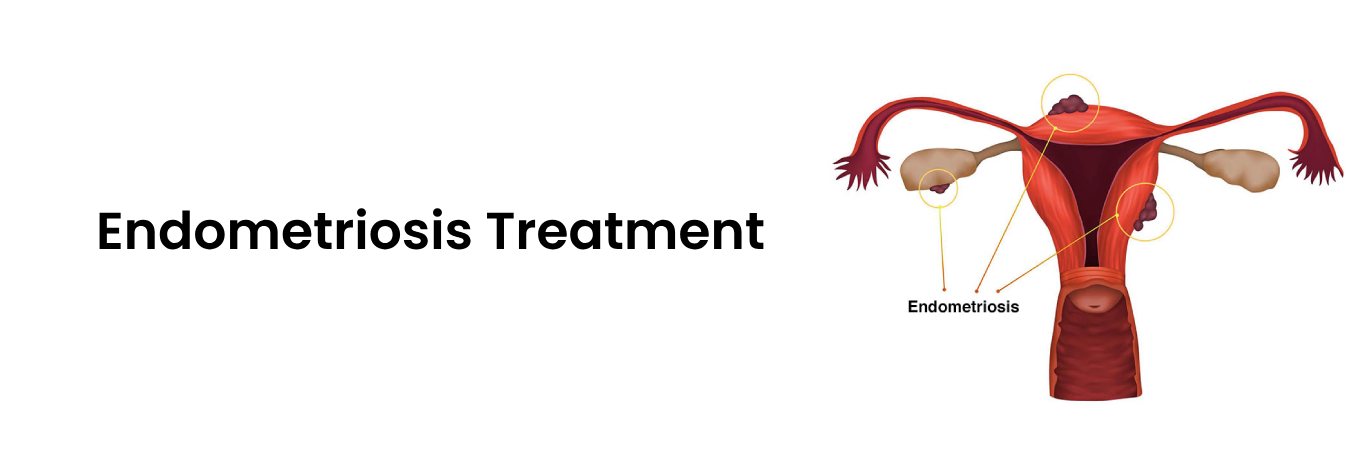Grades of Endometriosis
- Grade I
- Grade II
- Grade III
- Grade IV
Diagnostic Tests for Endometriosis
Laproscopy (Grade I, II, III endometriosis) Ultrasound (Grade IV endometriosis, or Endometrioma Cyst)Fertility Treatments for Endometriosis
- Recanalization of fallopian tubes
- IVF
- ICSI
Treatment
A laparoscope, a small catheter-like instrument with a camera and lens on its end, is inserted through the keyhole. This provides a high-definition view of the internal organs on a digital monitor, helping assess the status, severity, and grade of endometriosis.
- Minuscule blood deposits are excised using specialized medical equipment (LAPEX - laparoscopy and excision).
- For grade III, the doctor burns the larger blood deposits through ablation. (Laparoscopy and ablation)
- For grade IV or endometrioma cyst,The cyst on the ovaries is removed through specialized medical equipment (laparoscopic cystectomy), and other blood deposits in the abdomen are ablated.
- If the patient is over 40 or certain about not wanting further childbirth, a hysterectomy may be performed to remove the uterus while excising or ablating any remaining blood deposits in the abdomen.
- After the surgery, the larger keyhole incision is closed with staples or a few minor stitches, while the smaller ones typically heal on their own.

